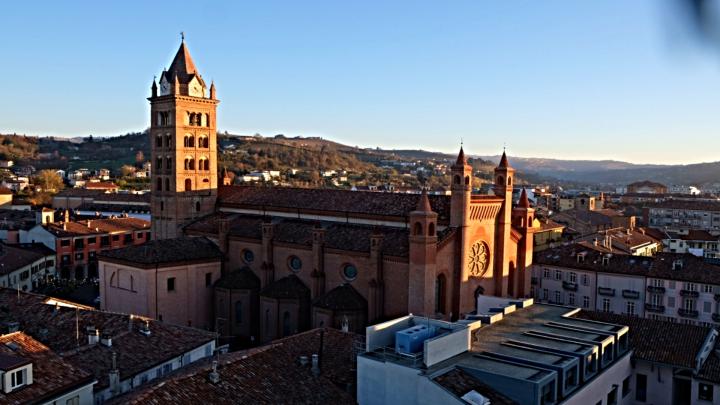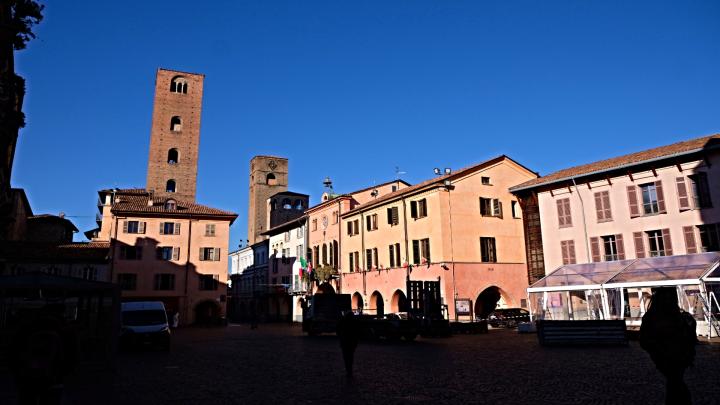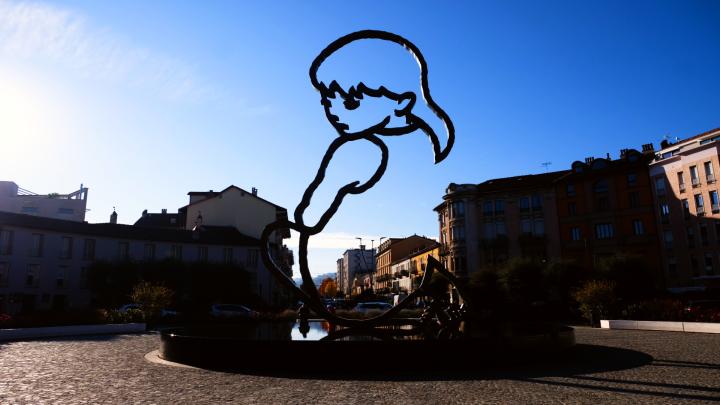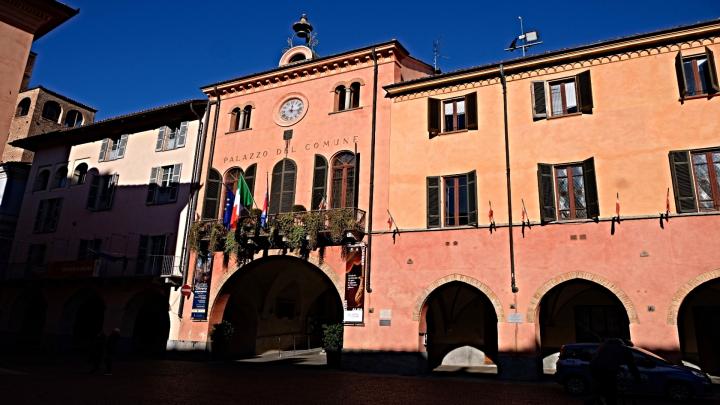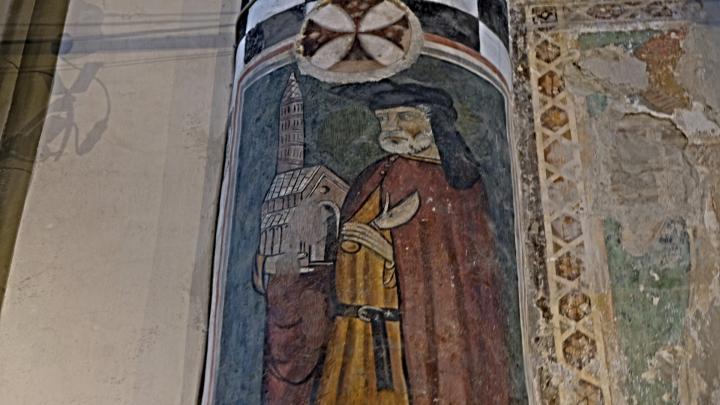There can be a variety of reasons for a visitor to take a tour of Alba, the beautiful Langa town surrounded by majestic hills and filled with precious treasures.
In addition to its many cultural monuments, Alba is the gem of Italian food and wine appreciated worldwide for its culinary specialties and delicious local products; first among them is the White Truffle, the star of the International Fair held every year in November.
Some historical background.
Originally founded as a Ligurian-Celtic settlement, Alba (whose name means "white city") was already inhabited in Neolithic times, although it was not until the Roman period that it began to gain greater power.
This is evidenced by the defensive towers that were built at that time, which gave it the name "city of a hundred towers," and the massive walls built around the village.
During the French Revolution it was sacked and destroyed, but King Charles Felix of Savoy had the city rebuilt, entrusting architect Giorgio Busca with the task.
In the fascist period, for 23 days in 1944, Alba became Italy's first partisan republic.
Our itinerary.
Arriving from the train station, one can reach the heart of the city by taking Via Roma until one reaches Piazza Ferrero dedicated to Michele Ferrero, an important figure for the people of Alba.
Along the perimeter of the pretty square are a number of restaurants, bars and stores; while in the centre a monumental work was installed, in the shape of a little girl named "Alba," made of stainless steel about twelve metres high created by artist Valerio Berruti and donated to the city by the Ferrero family.
Leaving the pretty square, one can walk into the bustling Via Vittorio Emanuele, where there are various stores for shopping. At a certain point on the right is the entrance to Cortile della Maddalena, where the F. Eusebio City Museum is located.
The museum is divided into two sections: in the archaeological one there are about 1,000 finds; in the natural science one, several subsections tell the local history in the fields of botany and anthropology.
In addition to the City Museum, one can go visit the nearby and inspiring Truffle Museum - Mudet: https://www.fieradeltartufo.org/mudet-il-museo-del-tartufo/
530 square metres telling the various facets of the truffle, the world's most important subterranean fungus, from naturalistic to historical and culinary aspects in a fun and interesting way.
From here one can head to Piazza del Duomo, where one can find the Cathedral of San Lorenzo, Alba's main place of worship.
The church was built between 1486 and 1517 on a pre-existing 11th-century place of worship.
Over the years it has been subject to other interventions, which have changed its appearance. Impressive is the interior with its cross-vaulted naves painted with a starry sky, and extraordinary is the wooden choir dating from the 1500s with thirty-five beautifully crafted inlaid pews.
From this square one can find take a guided tour with an archaeologist in the Alba Sotterranea, discovering the foundations of the city. Here one can get a close look at the remains of some vanished medieval towers, the Roman-era theatre and forum, and many other historical gems,
But Alba was the town where one of the most important Italian writers of the 20th century, Beppe Fenoglio, was born and lived.
At the Beppe Fenoglio Study Centre, where the writer lived and wrote most of his novels, one can learn about the life and works of this extraordinary writer.
For Fenoglio, the city of Alba was not only a privileged observatory on the world and the environment in which he was formed as a man and a man of letters, but also the heart of many of his works and a reference point to which he turned his gaze from his beloved Langhe.
In the streets of the historic centre there are sixteen stops at as many literary sites, in which to relive the writer's works, experiences and moods step by step, through quotes that reveal his particular take on the city.
Before ending the tour of Alba, we suggest two more beautiful churches: the Church San Domenico and the Church San Giuseppe.
The Romanesque Church San Domenico is fascinating because it preserves several original frescoes and often hosts contemporary exhibitions and concerts.
While the Church San Giuseppe, despite its sober exterior, is full of jewels inside: the vault with eighteenth-century frescoes, the wooden statue of San Giuseppe, the nineteenth-century organ, and, in the space that was once intended for the choir, a series of stunning and original Dioramas made by Angelo Proglio from Alba. It is also possible to go down into the church's basement to take a closer look at the archaeological excavations and a small picture gallery; or, climb to the top of the bell tower to enjoy a beautiful view of the city.
Foto e testo Alessandra Corra
Archivio Regione Piemonte

